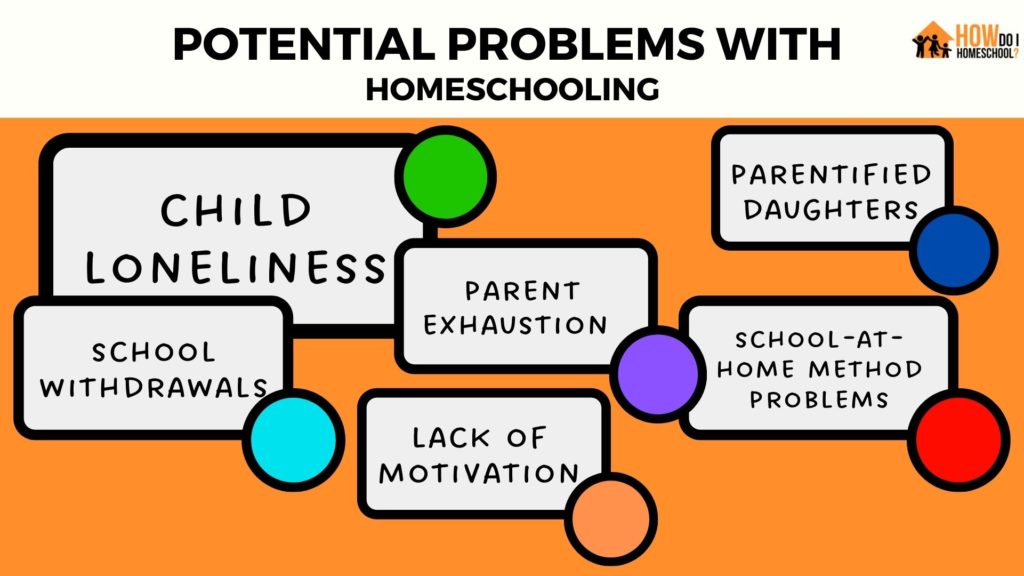Effective Strategies for Managing a Talkative Classroom
In the lively world of teaching, managing a talkative classroom requires a blend of patience, creativity, and strategic thinking. With the right approach, teachers can transform a chatty class into a productive and engaging learning environment. Here are some effective strategies for managing a talkative classroom.
Establish Clear Expectations from Day One
Setting clear expectations is the foundation of effective classroom management. From the first day of school, communicate your rules and guidelines regarding classroom behavior and participation. Let students know the importance of active listening, raising hands to speak, and taking turns. When expectations are clearly outlined, students understand the boundaries and are more likely to follow them.
Foster Positive Relationships with Students
Building positive relationships with students goes a long way in managing a talkative classroom. Take the time to get to know each student individually— their interests, hobbies, and aspirations. Show genuine interest in their lives and experiences both inside and outside the classroom. When students feel valued and respected, they are more likely to listen attentively and follow classroom rules.
Use Positive Reinforcement Techniques
Positive reinforcement is a powerful tool for managing a talkative classroom. Acknowledge and praise students when they demonstrate the desired behavior, such as raising their hands or actively participating in discussions. Use verbal praise, stickers, or small rewards to reinforce positive behavior. By highlighting the benefits of listening and respectful communication, you encourage students to engage positively.
Implement Engaging Teaching Strategies
Engage talkative students by incorporating interactive and hands-on teaching strategies. Break up lectures with group discussions, debates, or problem-solving activities. Use multimedia resources, such as videos or interactive presentations, to capture their interest. Encourage students to work collaboratively on projects that require communication and teamwork. When students are actively engaged, they are less likely to engage in off-topic conversations.
Create Structured Routines and Procedures
Establishing structured routines and procedures helps manage a talkative classroom by providing predictability and organization. Clearly outline the steps for transitioning between activities, getting students’ attention, and taking turns to speak. Use visual cues, timers, or signals to indicate when it’s time to start or stop talking. Consistent routines help minimize disruptions and maintain focus on learning.
Utilize Non-Verbal Cues for Classroom Control
Non-verbal cues can be effective tools for managing a talkative classroom without interrupting the flow of the lesson. Use gestures, eye contact, or facial expressions to signal when it’s time to quiet down or pay attention. Move around the classroom to monitor student behavior and provide subtle cues for redirection. Non-verbal communication helps convey expectations clearly while maintaining a positive classroom atmosphere.
Incorporate Cooperative Learning Activities
Encourage collaboration and teamwork among talkative students through cooperative learning activities. Assign group projects, discussions, or problem-solving tasks that require active participation and communication. Assign roles within groups, such as leader, recorder, or timekeeper, to distribute responsibility and encourage everyone to contribute. Cooperative learning not only engages talkative students but also fosters valuable social and communication skills.
Provide Opportunities for Individual Reflection
Some talkative students may benefit from











64be9b29b5881.jpg)



